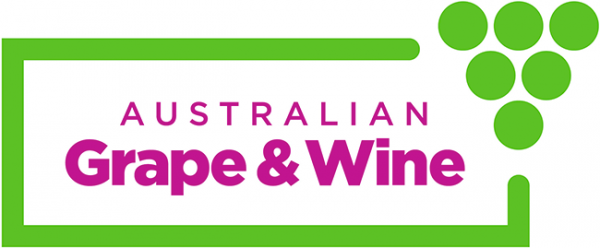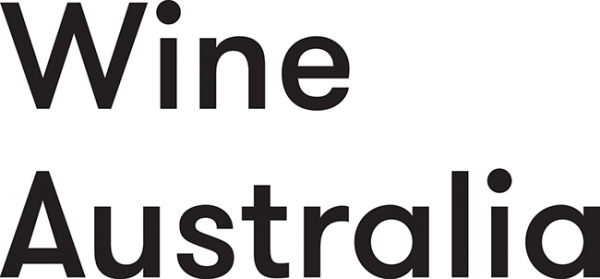1: Phenolics in the Vineyard
Tuesday, 13 October 2020 1:00 PM Adelaide
| Dr Federico Casassa Presentation Summary
|
| Dr Dylan Grigg University of Adelaide Dylan Grigg is a part time post-doctoral research fellow at the University of Adelaide in the viticulture laboratory with Dr Cassandra Collins. The remainder of his time is occupied as an independent viticultural consultant working across a number of states and regions in Australia and Europe. He has worked in the wine industry in a range of roles in vineyard management, research and consulting both locally and abroad. Dylan returned from industry to complete his PhD investigating the role of vine age on various aspects of vine growth and wine quality in both grapes and wine
|
| Jason Smith Charles Sturt University (standing in for Ms Julia Gouot) Presentation Summary
|
2: Developing texture in the Winery
Tuesday, 20 October 2020 1:00 PM Adelaide
| Keren Bindon, AWRI
Dr Keren Bindon is a research manager at the Australian Wine Research Institute (AWRI). Over her career she has specialised in understanding the grape to wine interface. In particular, she has sought to understand factors affecting the extraction and retention of phenolic compounds in wine, from the vineyard, through fermentation, and ageing. From a viticultural angle she has explored changes in phenolic extractability during grape ripening, and in response to vineyard variability. With this knowledge under her belt, she went on to participate in winemaking trials which apply traditional and novel maceration techniques to understand their impact on wine phenolics. She has a strong interest in contextualising research to provide meaningful outcomes to the grape and wine industry, and regularly participates in extension activities.
|
| Anita Oberhalster, UC Davis
Anita Oberholster completed her PhD in wine sciences at the University of Adelaide, Australia in 2008. She moved to the Department of Viticulture and Enology at UC Davis, California as a Cooperative Extension Specialist in 2011, from her role as researcher at the Department of Viticulture and Oenology at Stellenbosch University. In her current position she focuses on continued education for the grape and wine industry while her research program concentrates on current issues in the grape and wine industry. Research include the impact of climate on grape ripening and phenolic development, grapevine red blotch disease and smoke exposure in the vineyard. The impact of different winemaking techniques on wine composition and quality is also a major focus. Her work has been cited 964 times and she has presented her research at international and national conferences, seminars, and workshops 165 times. |
| Simon Schmidt, AWRI
Learn how fermentation aeration can be used to modulate the phenolic qualities of red wine and take away some strategies that will enable them to successfully implement an aeration regime in their winery.
Simon Schmidt is a Research Manager at the Australian Wine Research Institute (AWRI). Simon has studied cellular differentiation in slime moulds, how heart cells communicate to beat synchronously and, for his PhD, innate immunity in plants. Since moving to the AWRI Simons interests have evolved to include the relationship between nutrient availability and yeast fermentation performance, yeast stress tolerance and the role of oxygen in shaping fermentation outcomes. |
| Associate Professor Susan Bastian, School of Agriculture, Food, & Wine, University of Adelaide Presentation Summary Dr. Bastian’s talk will present updates on methods to modify red wine astringency. It will compare the impact of conventional versus vegetable protein fining agents and examine Accentuated Cut Edges (ACE) polyphenol extraction technology influences on red wine chemistry and sensory profiles. Factors influencing fining outcomes and applications of technology to lessen the impacts of climate change to optimise red wine quality will be discussed.
|
3: Chemical, physical and cognitive effects influencing wine mouthfeel
Tuesday, 27 October 2020 1:00 PM Adelaide
| Professor Jason Stokes, University of Queensland Presentation Summary Jason Stokes is a Professor in the School of Chemical Engineering and Deputy Associate Dean of Research (Research Training) for the Faculty of Engineering, Architecture and IT at the University of Queensland (UQ). His qualifications include a Bachelor of Engineering (Chemical) and PhD from The University of Melbourne, Australia. He spent 10 years (1999 – 2008) as a research scientist at Unilever’s corporate research laboratory in the United Kingdom and joined UQ in October 2008. He has over 120 academic publications with over 5000 citations.
|
| Damian Espinase Nandorfy, AWRI Presentation Summary Sensory Scientist Damian Espinase Nandorfy is part of the Sensory and Flavour Research group at the Australian Wine Research Institute in Adelaide, South Australia. Damian has over fifteen years’ experience selling, making, researching, and enjoying wine! Originally from Canada, Damian holds an honours science degree in Viticulture & Oenology from Brock University, a post-graduate certificate in Sensory & Consumer Science from UC Davis and is currently undertaking a PhD at Deakin University on understanding the perceptual interactions of wine flavour compounds. Damian’s research focuses on linking ‘key’ food and beverage compounds with sensory properties. His research outcomes allow for practical optimisation of product ‘flavour’ and contribute to the fundamental understanding of sensory processing with particular attention to olfaction.
|
| Dr. Richard Gawel, AWRI Presentation Summary
|
| Dr. María-Pilar Sáenz-Navajas, Universidad de Zaragoza Presentation Summary Dr Sáenz-Navajas has bachelor degrees in Chemistry and Enology from La Rioja University. She went on to complete a PhD on wine sensory interactions and non-volatile sensory-active molecules driving wine quality at the same University. The PhD involved innovative work on sensory interactions in wines by construction / deconstruction strategies combining sensory and chemical sciences. Dr Sáenz-Navajas was a postdoctoral fellow at the Center for Flavor and Feed Sciences in Dijon, France (Prof. Dr. Valentin Lab), where she acquired expertise in Sensory and Consumer Science and focused on understanding wine quality perception through a multidisciplinary approach that included psychology, psychophysics, chemistry and enology. She visited the University of California Davis (Prof. Dr. Waterhouse Lab) during this time to apply an innovative method to measure the activity of wine polyphenols. Since 2013, Dr Sáenz-Navajas has worked at Universidad de Zaragoza at Laboratorio de Análisis del Aroma y Enología, which is associated Unit to the Instituto de Ciencias de la Vid y del Vino, ICVV. Her main research line is focused on the development of conceptual, instrumental and methodological tools for the modelling of flavour, and especially taste and mouthfeel sensations in complex mixtures, using wine as proof of concept in her studies.
|




















